John Smith (architect) on:
[Wikipedia]
[Google]
[Amazon]
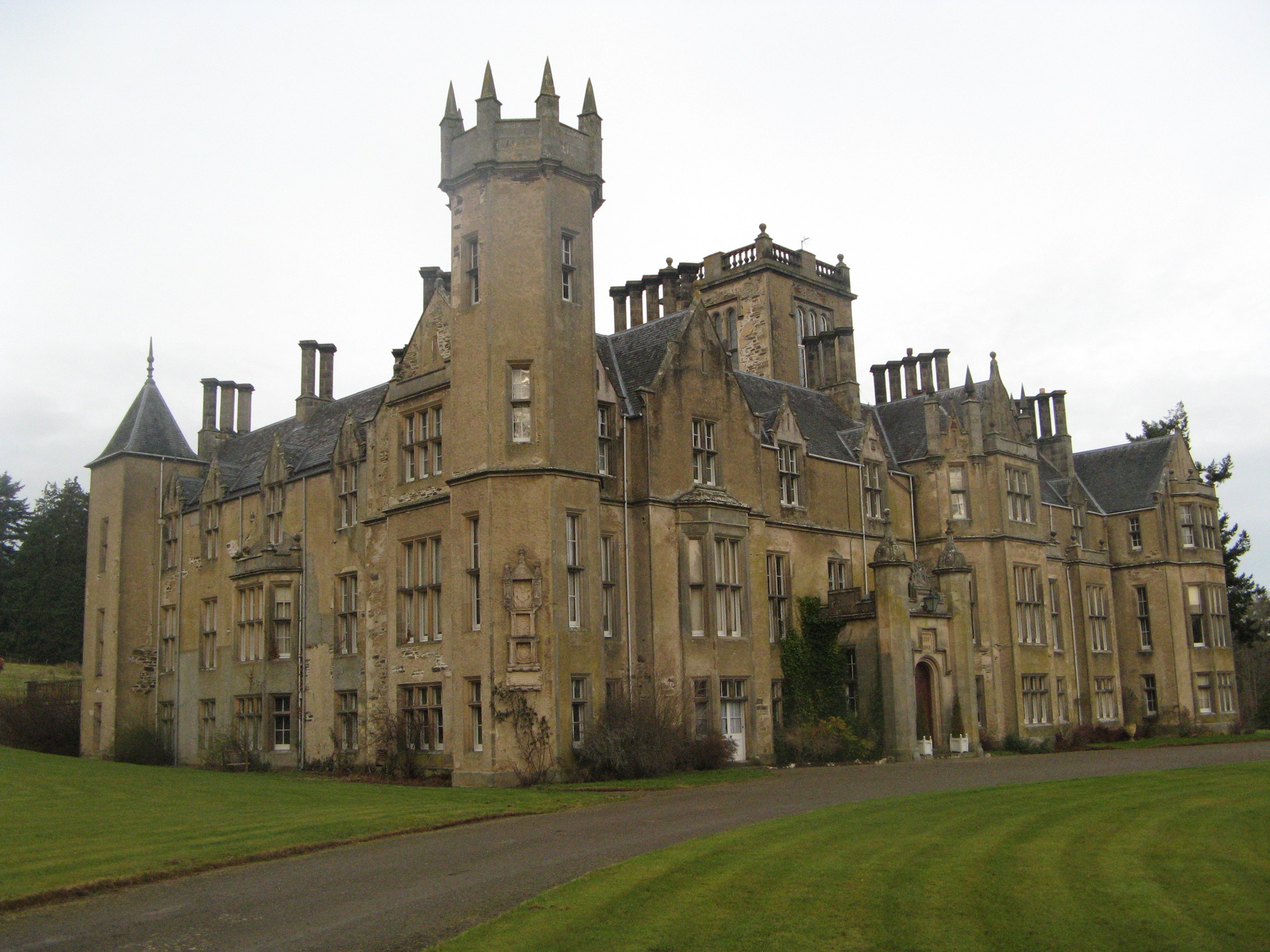 John Smith (1781 – 22 July 1852) was a Scottish architect. His career started in 1805 and he was appointed as the official city architect of
John Smith (1781 – 22 July 1852) was a Scottish architect. His career started in 1805 and he was appointed as the official city architect of
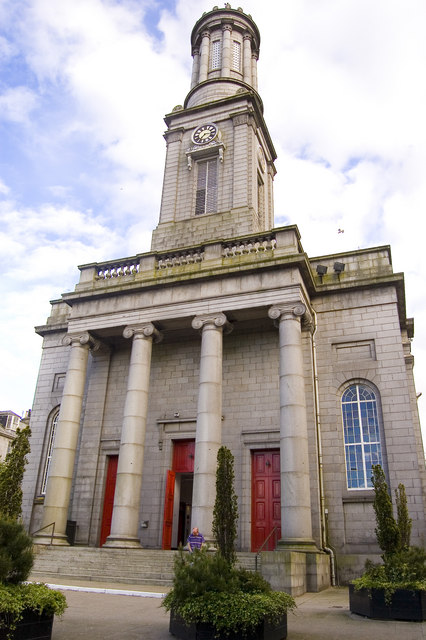 One of Smith's first major commissions was to design a town house for the merchant
One of Smith's first major commissions was to design a town house for the merchant
 Captain
Captain
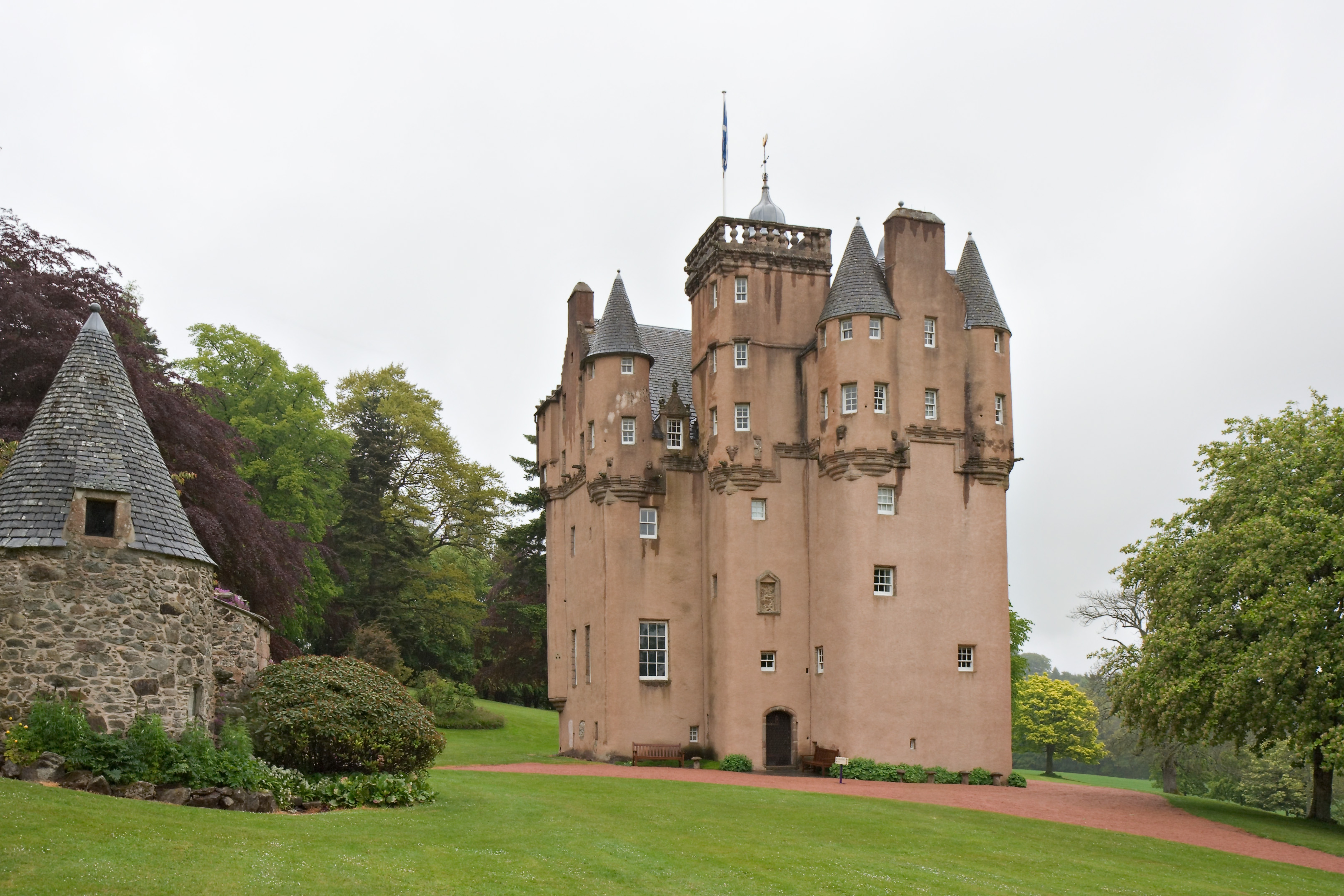 In 1814–1815 Smith was commissioned to design modifications to
In 1814–1815 Smith was commissioned to design modifications to 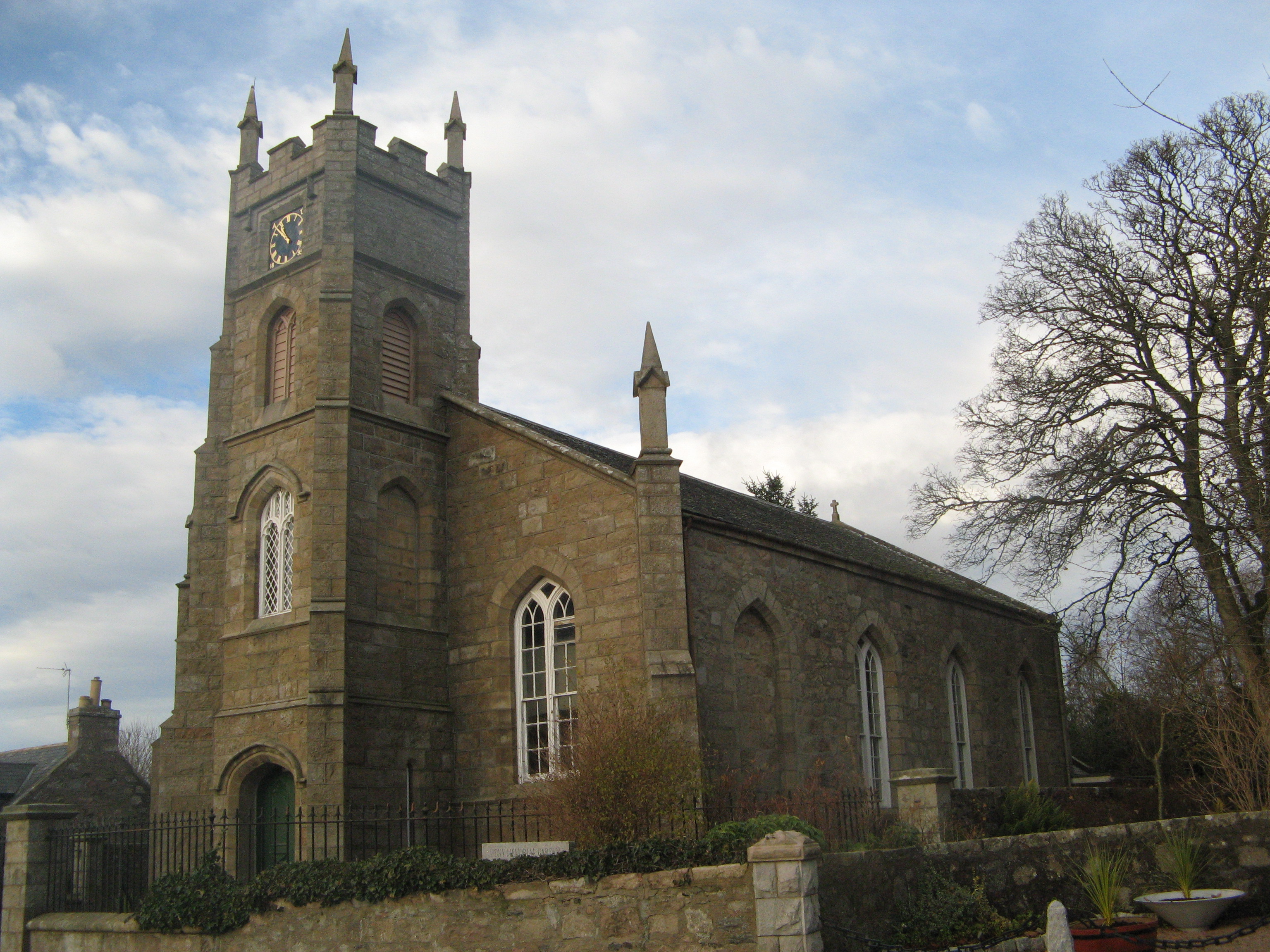
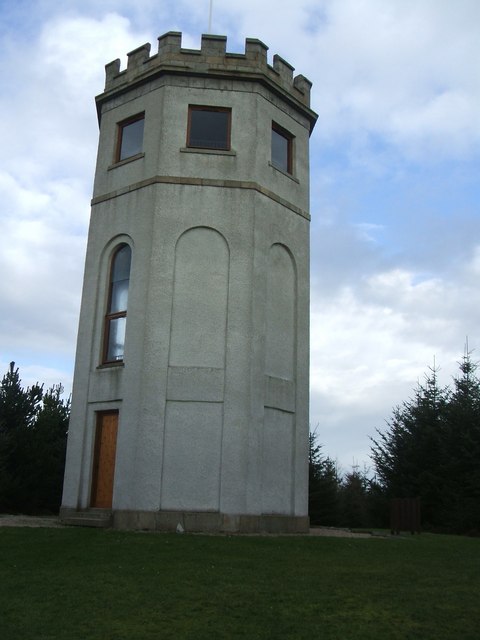 Smith undertook considerable work for the Fergusons at their Pitfour estate in Aberdeenshire. Starting in 1809, the third laird of Pitfour,
Smith undertook considerable work for the Fergusons at their Pitfour estate in Aberdeenshire. Starting in 1809, the third laird of Pitfour,
File:Balmoral Castle.jpg, Balmoral Castle
File:Bridge of Dee Aberdeen.jpg, Bridge of Dee
File:SkakkinBriggie-68509-PeterWard.jpg, Shakkin' Briggie
File:Pitfour House, side view.jpg, Pitfour House
Aberdeen
Aberdeen (; sco, Aiberdeen ; gd, Obar Dheathain ; la, Aberdonia) is a city in North East Scotland, and is the third most populous city in the country. Aberdeen is one of Scotland's 32 local government council areas (as Aberdeen City), and ...
in 1807, the first person to hold this post. Together with Archibald Simpson
Archibald Simpson (4 May 1790 – 23 March 1847) was a Scottish architect, who along with his rival John Smith, is regarded as having fashioned the character of Aberdeen as "The Granite City".Simpson, William Douglas, (1947) ''The Archibald S ...
, he contributed significantly to the architecture of Aberdeen, and many of the granite buildings that gave the city the nickname 'The Granite City' or also 'The Silver City' are attributed to them.
Smith was the son of a successful builder and architect and his own son, William, continued the family tradition by also becoming an architect. After completing his training in London, Smith quickly became established throughout the north-east of Scotland. He secured private commissions to design, renovate or alter numerous country houses, parish churches and castles; his official capacity as City Architect ensured he is also credited with several extensive public works. Towards the middle of his career around the 1830s, as his individuality developed, he gained the nickname of 'Tudor Johnny'; an indication his designs were starting to favour a Tudor Gothic styling.
Ancestry and early life
Smith was born in Aberdeen in 1781. His father was William 'Sink-em' Smith (d. 1815), also a successful builder and architect. The younger Smith attended Aberdeen Grammar School before serving an apprenticeship as a stonemason in his father's building firm. He undertook further architectural design training in London, possibly under the tutelage of James Playfair, but as Playfair died in 1794, the offices of Robert Lugar seem more likely. By the end of 1804, Smith returned to Aberdeen, where construction and development was rapidly evolving.Career
 One of Smith's first major commissions was to design a town house for the merchant
One of Smith's first major commissions was to design a town house for the merchant Patrick Milne
Patrick Milne (c. 1755–16 May 1820) was a Scottish landowner, businessman and politician. He commissioned the design of two houses, both called Crimonmogate, one in central Aberdeen, the other on his estate in Lonmay, Aberdeenshire.
Ancestry
M ...
in 1805. Sited on Union Street, Aberdeen, Crimonmogate was a two-storey "Greek inspired country house" with a five windowed frontage. He is next credited with the design of Footdee
Footdee (Scots: Fittie) is an area of Aberdeen, Scotland known locally by its Scots language name of Fittie. It is an old fishing village at the east end of Aberdeen Harbour. The name is actually folk etymology. Far from being "Foot of the De ...
, an area within Aberdeen. Consisting of 56 but and ben
__NOTOC__
But and ben (or butt and ben) is an architectural style for a simple building, usually applied to a residence. The etymology is from the Scots language, Scots term for a two-roomed cottage. The term describes a basic design of "outer roo ...
one storey thatched houses arranged in two squares, the plans quickly received Council approval and construction was completed by 1809. The new housing accommodated residents formerly living in condemned properties beside the harbour; the re-location of these tenants allowed the Council to begin initial proceedings for Thomas Telford
Thomas Telford FRS, FRSE, (9 August 1757 – 2 September 1834) was a Scottish civil engineer. After establishing himself as an engineer of road and canal projects in Shropshire, he designed numerous infrastructure projects in his native Scotla ...
's 1824 Aberdeen Harbour improvements, which Smith was also associated with.
Smith was appointed as the official architect for Aberdeen in 1807. He is credited with compiling the first map showing a correct outline of Aberdeen city in 1810 indicating present and planned improvements.
Archibald Simpson
Archibald Simpson (4 May 1790 – 23 March 1847) was a Scottish architect, who along with his rival John Smith, is regarded as having fashioned the character of Aberdeen as "The Granite City".Simpson, William Douglas, (1947) ''The Archibald S ...
returned to Aberdeen in 1813, establishing a business competing with Smith. Both firms were successful despite uncertainties due to the War and their careers were described by Miller as "destined to run remarkably parallel". Although at times rivals, Smith often collaborated with Simpson and between these two men their buildings became the nucleus of establishing the style of the heart of the Aberdeen city centre. As the buildings were constructed from silver granite, the city gained the name of the Silver City or alternatively the Granite City.
Smith became known as "Tudor Johnny" as his later designs around the 1830s, particularly for mansions and churches, incorporated a Tudor-Gothic form. However, his civic designs in Aberdeen city remained in a neo-classical style.
Miller designates Smith's design for the North Church in Aberdeen as "generally considered to be his greatest building" and further states "Undisputedly by far the finest neoclassical church in the City of Aberdeen." Sited on the corner of Queen Street and King Street the design gained approval from the Town Council in September 1828. The church opened in June 1831 but it was years later before sufficient funding was available to install clocks. A Greek Revival style was used in the construction of the by rectangular building with a circular pepper pot tower set upon a two-stage box tower. It was the tallest building in Aberdeen until its height was surpassed by the spire of the Triple Kirk designed by Simpson. Suitable to seat 1600 at services, congregation numbers declined and the church closed in 1954. It was used as the Aberdeen Arts Centre
Aberdeen Arts Centre is a theatre and arts centre on King Street in Aberdeen, Scotland with a 350-seater auditorium. It is a Category A listed building.
The building was originally the North Parish Church. The church was converted to an Arts ...
from the early 1960s.
One of the last designs before his death was for Balmoral Castle
Balmoral Castle () is a large estate house in Aberdeenshire, Scotland, and a residence of the British royal family. It is near the village of Crathie, west of Ballater and west of Aberdeen.
The estate and its original castle were bought ...
; he initially did some work re-building the tower for Robert Gordon, 5th son of the 3rd Earl of Aberdeen, who was leasing Balmoral in 1830. Subsequently, he was involved with drawing up the initial plans for the new castle, by this time owned by Queen Victoria
Victoria (Alexandrina Victoria; 24 May 1819 – 22 January 1901) was Queen of the United Kingdom of Great Britain and Ireland from 20 June 1837 until Death and state funeral of Queen Victoria, her death in 1901. Her reign of 63 years and 21 ...
and Price Albert after meeting Price Albert on Friday 11 September 1848. After Smith died in 1852 the final designs and work were undertaken by his son William.
He is buried with his wife, Margaret Grant, in the churchyard of the Kirk of St Nicholas on Union Street in Aberdeen
Aberdeen (; sco, Aiberdeen ; gd, Obar Dheathain ; la, Aberdonia) is a city in North East Scotland, and is the third most populous city in the country. Aberdeen is one of Scotland's 32 local government council areas (as Aberdeen City), and ...
.
Works
With a career spanning the years from 1805 until his death in 1852, the list of works Smith was associated with, both in his official capacity as City Architect and private commissions, is lengthy; some examples are given below.Bridges
 Captain
Captain Samuel Brown Samuel Brown may refer to:
* Samuel Brown (Royal Navy officer) (1776–1852), English pioneer suspension bridge engineer and inventor
* Samuel Brown (engineer) (died 1849), English inventor of early internal combustion engine
* Samuel Brown (Wisco ...
designed the Wellington Suspension Bridge
The Wellington Suspension Bridge (also known as the Chain Bridge and Craiglug Bridge) is a suspension bridge crossing the River Dee from Ferryhill to Craiglug in Aberdeen, north east Scotland. Designed by Captain Samuel Brown and the Aberdeen ...
, which spanned the River Dee in Aberdeen at Craiglug; Smith competed against Simpson to win the contract to design the structures architectural sections. The bridge opened in May 1831 and featured arched granite pylons. Smith's contract also included building three miles of approach road and he designed/built the toll house at the north-east end of the bridge.
Smith's design for the widening of the historic medieval Bridge of Dee
The Bridge of Dee or Brig o Dee ( gd, Drochaid Dhè) is a road bridge over the River Dee in Aberdeen, Scotland. The term is also used for the surrounding area of the city. Dating from 1527,Richards, J.M., ''The National Trust Book of Bridges ...
in 1841 was described by Paxton and Shipway as "an exemplary widening of a historic bridge".
In 1837, Smith designed the St Devenick's Bridge. It was also known as Morrison's Bridge after Reverend George Morrison who commissioned its design and paid for the construction; another name was the Shakkin' Briggie
St. Devenick's Bridge (locally known as the Shakkin' Briggie, or as Morison's Bridge) is a disused suspension bridge, suspension footbridge which crosses the River Dee, Aberdeenshire, River Dee from Ardoe to Cults, Aberdeenshire, Cults near Ab ...
because it would shake whenever anyone walked over it. The bridge was long with a span of and followed the same style as the Wellington Suspension Bridge.
Castles
 In 1814–1815 Smith was commissioned to design modifications to
In 1814–1815 Smith was commissioned to design modifications to Brucklay Castle
Brucklay Castle, also known as Brucklay House, is a 16th-century castle in the Buchan area of Aberdeenshire, Scotland.
The earliest part of the castle was erected by James Crawford of Brucklay in 1600–1625, possibly incorporating elements of a ...
including remodelling the main entrance hall and frontage; this was in the neoclassical style. Work was also undertaken on the second and third storeys of the north elevation. Returning in 1820, Smith extended the old stable block in a mainly one and a half-storey Gothic style with a central pyramid roofed two-storey tower. That year he also began work on an extensive enlargement of Cluny Castle for Colonel John Gordon. Originally a Z-plan castle
Z-plan is a form of castle design common in England and Scotland. The Z-plan castle has a strong central rectangular tower with smaller towers attached at diagonally opposite corners.
Prominent examples of the Z-plan include Brodie Castle in ...
built c. 1604, the later extensions were described by architectural historian H. Gordon Slade as "the most shocking mis-use of architectural effort and granite in the north east of Scotland." Smith also worked on nearby Castle Fraser constructing an access stairway between the great hall on the first floor and the rear courtyard entrance. The two-storey building it was housed within had a glazed cupola at its centre under a lead roof. Two crow stepped gatehouses were constructed between an arched gateway entrance and various access passages joined the first floor wings. He was also responsible for the library design.
Roof repairs carried out at Craigievar Castle were essential in the 1820s as the structure had fallen into decay. The owner, Sir John Forbes, had considered demolishing the tower but Smith advised against it stating it was: "one of the finest specimens in the Country of the age and style in which it was built." The work lasted two years and involved the re-construction of almost all of the top floor. The windows, external harling and pointing were replaced and it is likely Smith also designed the gardener's cottage.
Although Drumtochty Castle
Drumtochty Castle is a neo-gothic style castellated mansion erected in 1812 approximately three kilometres north-west of Auchenblae, Kincardineshire, Scotland. This building stands on the southern edge of Drumtochty Forest.
It was built to the ...
was built to the designs of James Gillespie Graham
James Gillespie Graham (11 June 1776 – 11 March 1855) was a Scottish architect, prominent in the early 19th century.
Life
Graham was born in Dunblane on 11 June 1776. He was the son of Malcolm Gillespie, a solicitor. He was christened as J ...
with further extensions c. 1815, the actual work of the extensions was undertaken by Smith. Miller speculates Gillespie Graham could have had a dispute with the owner, George Drummond, but considers Smith's closer proximity to the site is a more plausible scenario.
Around 1830 he oversaw the building of Fintray
Hatton of Fintray, commonly referred to as Fintray, is a village on the River Don in Aberdeenshire, Scotland, in the parish of Fintray. It was a textile village and its church dates from 1821, and there used to be a nearby ferry crossing the ri ...
House near Aberdeen for the Sempill family, to a design by William Burn. The house was demolished in 1953.Scotland's Lost Houses by Ian Gow
The rugged cliff tops to the north of Cruden Bay were the setting for Slains Castle
Slains Castle may refer to one of two ruined castles in Aberdeenshire, Scotland:
* Old Slains Castle, a 13th-century castle was originally the property of the Comyn Earls of Buchan, near Collieston
*New Slains Castle, a 16th-century tower house, b ...
where, in 1836, Smith was engaged by William Hay, 18th Earl of Erroll
William George Hay, 18th Earl of Erroll, KT, GCH, PC (21 February 1801 – 19 April 1846), styled Lord Hay between 1815 and 1819, was a Scottish peer and politician.
Early life
Erroll was the son of William Hay, 17th Earl of Erroll, and hi ...
and Lord Lieutenant of Aberdeenshire
The Lord Lieutenant of Aberdeenshire, is the British monarch's personal representative in an area consisting of the county of Aberdeen as it existed immediately prior to abolition for local government purposes by the Local Government (Scotland) Act ...
to renovate his existing courtyard house into a stylish residence suitable for a person of his standing. Smith's design enveloped the previous building, encasing it in a new structure of pink Peterhead granite and featured round towers.
Churches
The construction, restoration, renovation or alteration to several parish churches throughoutAberdeenshire
Aberdeenshire ( sco, Aiberdeenshire; gd, Siorrachd Obar Dheathain) is one of the 32 Subdivisions of Scotland#council areas of Scotland, council areas of Scotland.
It takes its name from the County of Aberdeen which has substantially differe ...
, Angus and Kincardineshire are credited to Smith. One of his first rural church designs was at Fintray, Aberdeenshire in 1821; later that year he also designed Udny Parish Church
Udny Parish Church now in private ownership, was a congregation of the Church of Scotland at Udny Green, Aberdeenshire in the north-east of Scotland, some 15 miles north of Aberdeen. Formerly known as Christ's Kirk, it was designed by the City of ...
. These formed the basis of designs that Smith would evolve and develop in future years for other parish churches. Udny Parish Church was the first of Smith's Tudor-Gothic ecclesiastic designs. A box tower above the main entrance features a crenellated top with louvred pointed panels, belfry and clock incorporated in the front (south) gable with walls of rough granite. The main church is a basic rectangle with a slated roof.
The north aisle of St Machar's Cathedral
St Machar's Cathedral usually called Old Machar (Scottish Gaelic: Cathair-eaglais Naomh Machar), (or, more formally, the Cathedral Church of St Machar) is a Church of Scotland church in Aberdeen, Scotland. It is located to the north of the c ...
was restored to Smith's designs in 1832 and the entrance lodges and gateway were re-built. A new session house was also added. He also undertook work at Skene Parish Church
Skene Parish Church is a congregation of the Church of Scotland in Skene, part of the Presbytery of Gordon. The parish has two places of worship, Skene Church in Kirkton of Skene and Trinity Church in Westhill. The current minister is Rev. Stel ...
in 1840 and constructed the parish church in Longside in 1835.
Country houses
 Smith undertook considerable work for the Fergusons at their Pitfour estate in Aberdeenshire. Starting in 1809, the third laird of Pitfour,
Smith undertook considerable work for the Fergusons at their Pitfour estate in Aberdeenshire. Starting in 1809, the third laird of Pitfour, James Ferguson James Ferguson may refer to:
Entertainment
* Jim Ferguson (born 1948), American jazz and classical guitarist
* Jim Ferguson, American guitarist, past member of Lotion
* Jim Ferguson, American movie critic, Board of Directors member for the Broadca ...
commissioned him to design a new house. This was a three-storey house, square by high, with 365 windows. There were Greek pediments included on top of the side elevations, stone margins set into the rendered walls and it conveyed an impression of northern Italy. Over the following years, Smith designed several other structures within the policies at Pitfour. These included: the horseshoe-shape, neo-classical two-storey riding stables to the rear of the mansion during the time of the fifth laird in 1820; gatehouses and bridges; a small replica six-bay Greek Doric
The Doric order was one of the three orders of ancient Greek and later Roman architecture; the other two canonical orders were the Ionic and the Corinthian. The Doric is most easily recognized by the simple circular capitals at the top of colu ...
temple, styled after the Temple of Theseus; and the Observatory, an eight-sided crenellated three-storey tower.
Among other country houses featuring Smith's designs was the Neo-Greek style Dunecht House
Dunecht House is a stately home on the Dunecht estate in Aberdeenshire, Scotland. The house is protected as a category A listed building, and the grounds are included on the Inventory of Gardens and Designed Landscapes in Scotland, the national ...
in 1820. Comprising two storeys and a full basement, it was constructed from granite. A low parapet hid the slate, low pitched roof. The original Smith designed house was later extensively expanded by William, his son. Work was undertaken at Haddo House on the kitchens and peripheral buildings in 1843. He returned there in 1845 and built the gate houses at the North and South entrances. Constructed in a rough coarse granite, these single-storey buildings are in a Tudor style. Sometime before 1830 William Rickart Hepburn
William Rickart Hepburn (died 13 January 1807) was a Scottish politician and soldier who lived in Kincardineshire and was responsible for the construction of Rickarton House.
He was the eldest son of Lieutenant-Colonel Robert Rickart Hepburn of ...
commissioned Smith to design Rickarton House
Rickarton House is a 19th-century country house in Kincardineshire, Scotland. It lies approximately three-and-a-half miles northwest of Stonehaven in the former county of Kincardineshire. The house is situated on the north banks of the Cowie W ...
in Kincardineshire. Forglen House near Turriff was designed by Smith for Sir Robert Abercromby. The new mansion house was described by architectural historian Charles McKean
Charles McKean FRSE FRSA FRHistS FRIBA (16 July 1946 – 29 September 2013) was a Scottish historian, author and scholar.
Biography
McKean was born in Glasgow, Scotland, on 16 July 1946. He was educated at Fettes College, the University of Po ...
as an "Elizabethan Gothic confection".
Other works
The re-construction of the front ofKing's College, Aberdeen
King's College in Old Aberdeen, Scotland, the full title of which is The University and King's College of Aberdeen (''Collegium Regium Abredonense''), is a formerly independent university founded in 1495 and now an integral part of the Universi ...
was undertaken by Smith in 1825. The work incorporated other renovations as the building had fallen into a ruinous condition. Designs were drawn up for the section named Cromwell's Tower and its original six storeys were replaced with four modern levels and included a ground floor flat for the housekeeper with classrooms above. Predominantly in a Tudor style, some of the extensive designs were not enacted; however, eventually the joining of the Chapel, Cromwell's Tower and the old Crown Tower was achieved. The work was one of Smith's earlier Tudor-Gothic designs.
Smith completed a contract started by William Burn to the back and west boundary walls of Robert Gordon's College
Robert Gordon's College is a co-educational Independent school (UK) for day pupils in Aberdeen, Scotland. The school caters for pupils from Nursery through to S6.
History
Robert Gordon, an Aberdeen merchant, made his fortune in 18th century ...
with extra wings and other alterations continued from 1830 until 1833. During the same years (1830–1833) the "Ionic Screen" at the front of Kirk of St Nicholas on Union Street, Aberdeen was installed. Featuring a triumphal arch with paired Ionic columns set to each side, the columns were originally supposed to be of cast iron.
Death and legacy
Smith married Margaret Grant, a daughter of George Grant of Auchterblair. Most of their eight children died at an early age but their fourth child,William
William is a male given name of Germanic origin.Hanks, Hardcastle and Hodges, ''Oxford Dictionary of First Names'', Oxford University Press, 2nd edition, , p. 276. It became very popular in the English language after the Norman conquest of Engl ...
, joined his father in business and also became city architect in Aberdeen. The couple also had a daughter, Margaret Grant Smith.
Having suffered a lengthy, painful illness, Smith died in 1852 at the home he inherited from his wife's father. There is a plaque to commemorate him sited at the Kirk of St Nicholas in Union Street, Aberdeen.
Gallery
References
Notes
Citations
Bibliography
* * * * * * * * {{DEFAULTSORT:Smith, John 1781 births 1852 deaths 19th-century Scottish architects British neoclassical architects Architects from Aberdeen